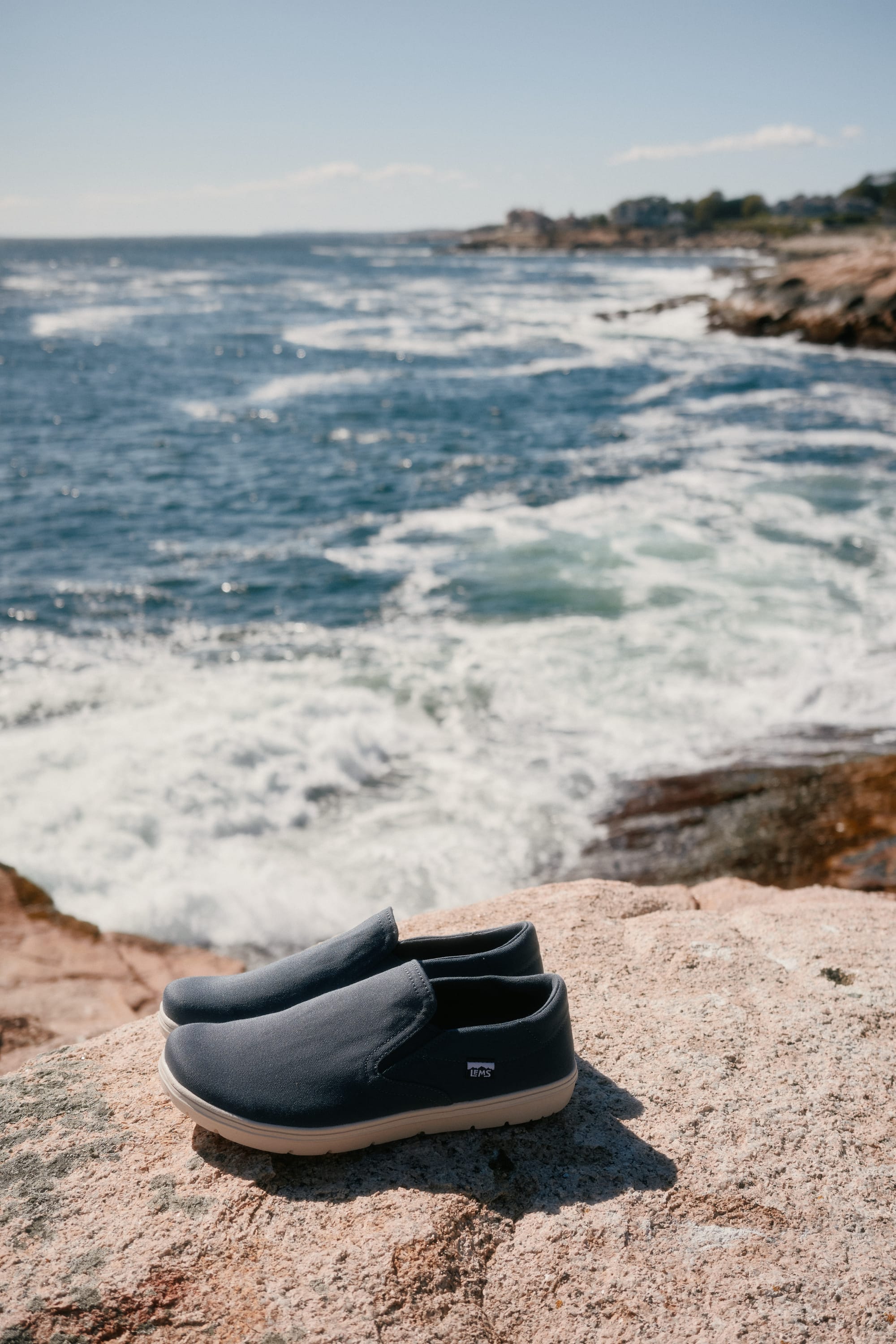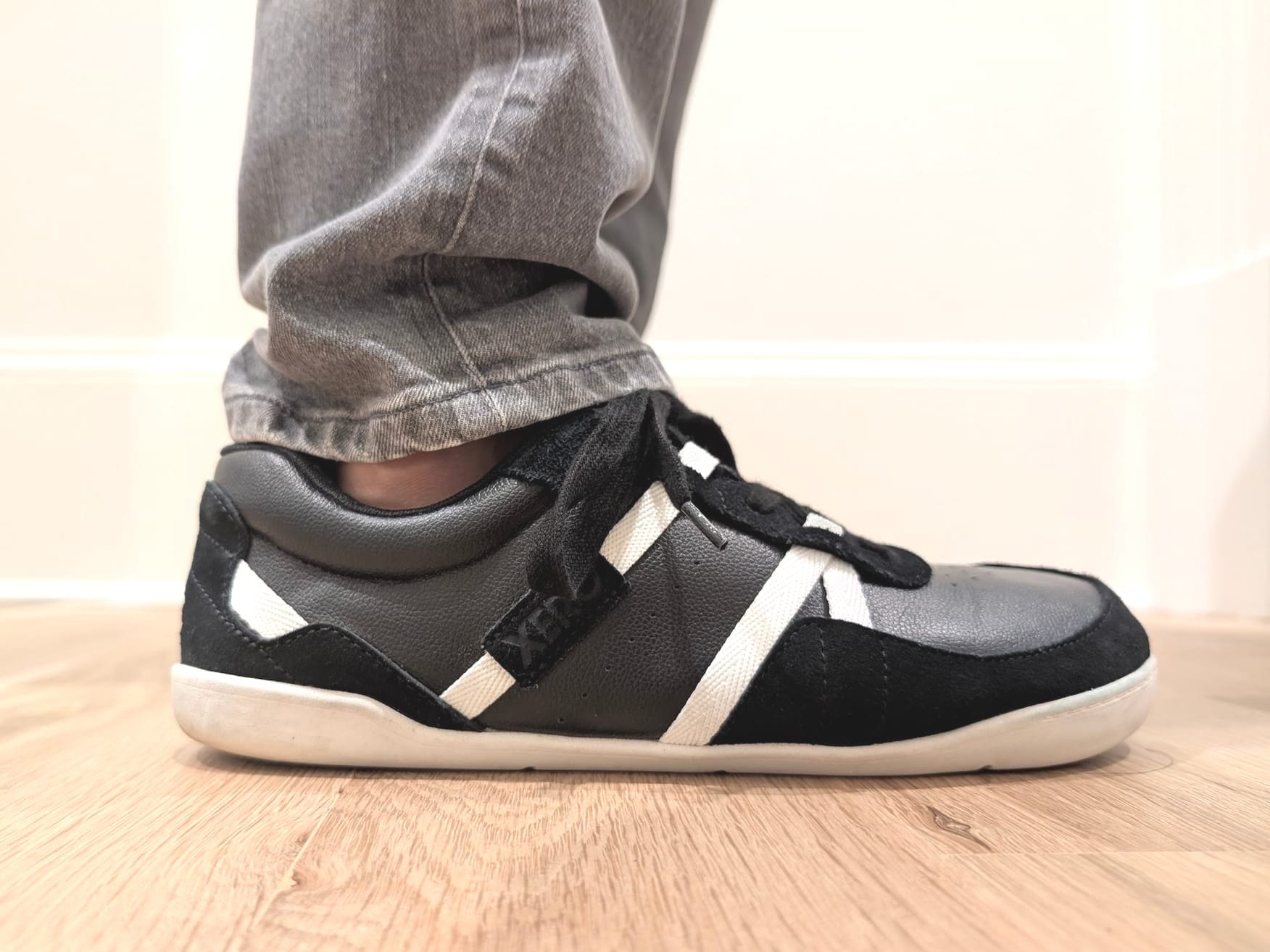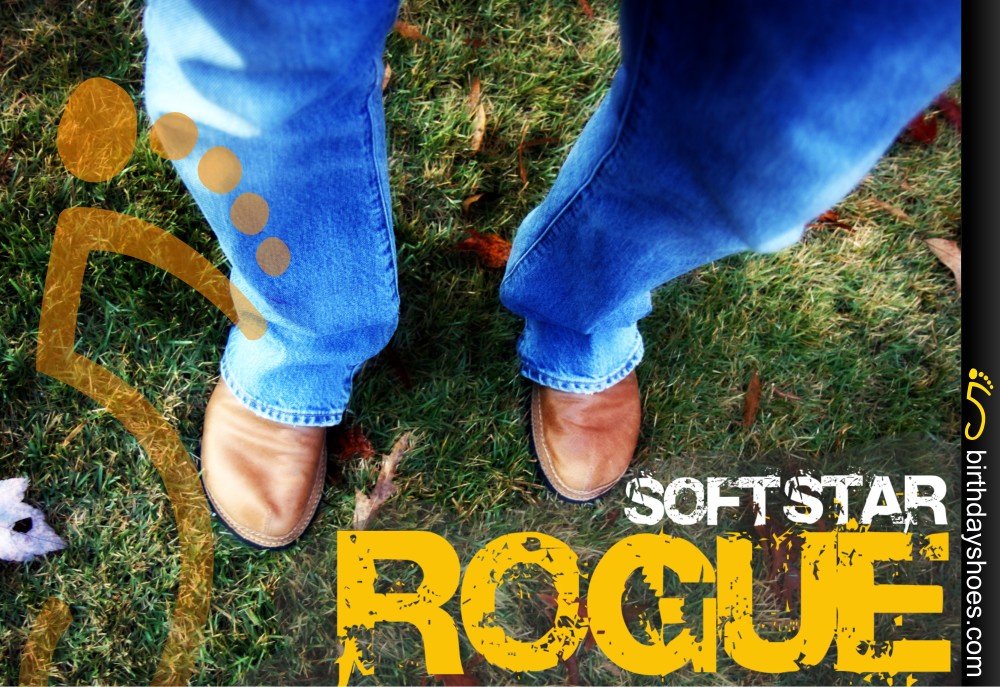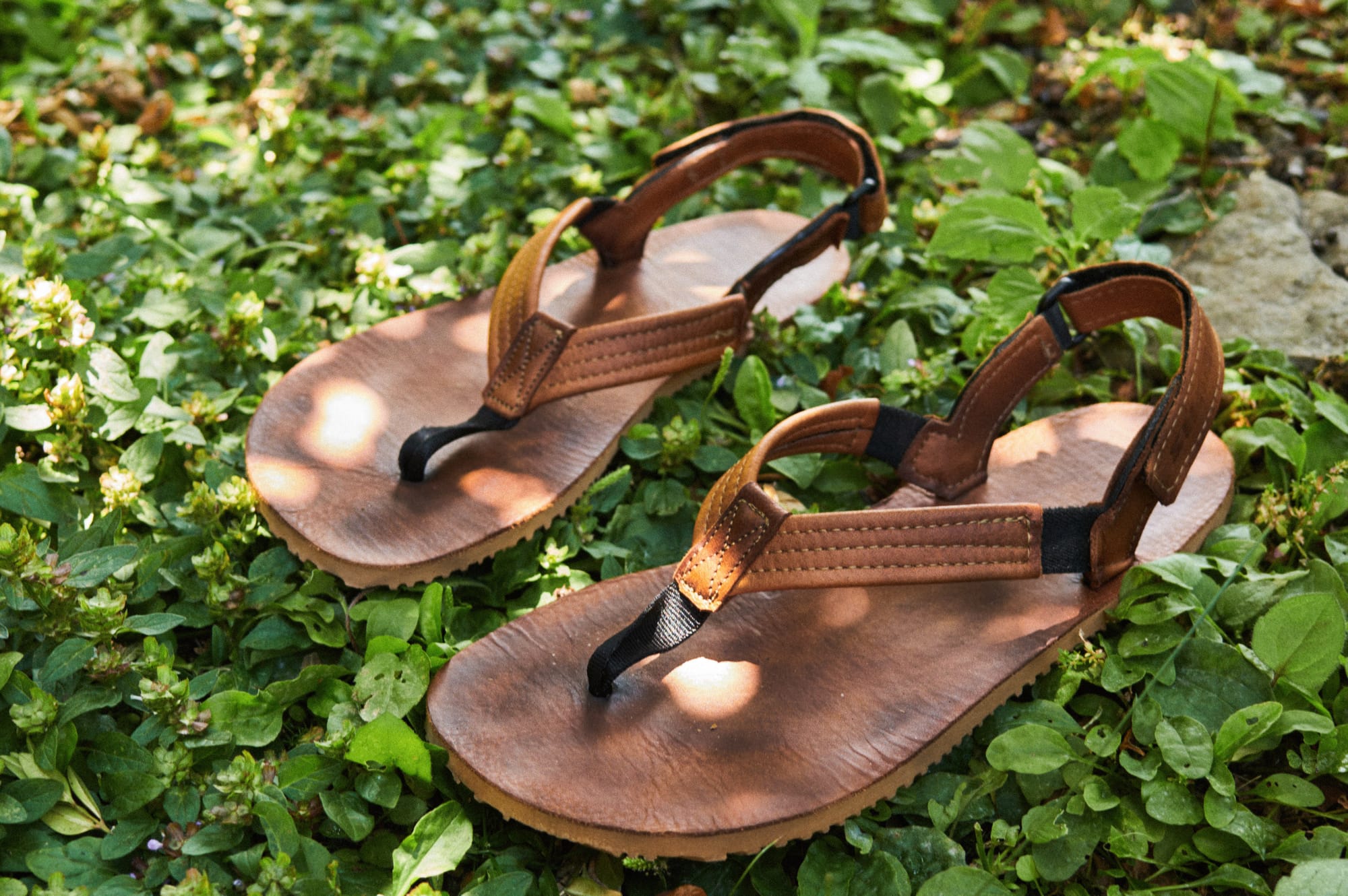Luongo Footwear Review
I'm rather partial to slip-on shoes. Especially slip-ons that are thin but tough and exceedingly functional. A big part of this is that I like to get moving as soon as possible. I own several pairs of huaraches and the ones I wear most are rarely the be…
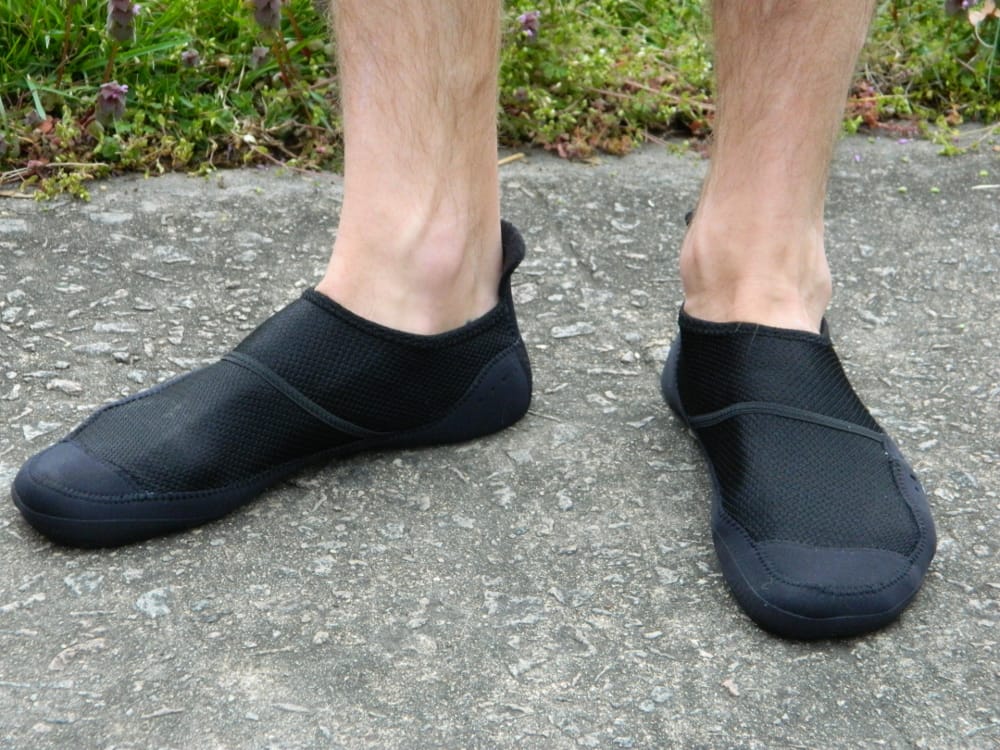
I'm rather partial to slip-on shoes. Especially slip-ons that are thin but tough and exceedingly functional. A big part of this is that I like to get moving as soon as possible. I own several pairs of huaraches and the ones I wear most are rarely the best looking or even necessarily the most comfortable, but the ones I can get on the quickest and adjust the easiest.
So when I came across the Luongo, I was pretty excited. Here's a shoe so thin and basic that they tell you up front that you'll probably have to repair it along the way. Because the sad truth about minimalist shoes is that they're typically less sturdy by design than their more bulky traditional sneaker cousins and so can wear out pretty fast. (Though this isn't always the case, obviously. See: Xero Shoes' 5,000 mile warranty.)
The Luongos have some good, some bad. Like many variations of minimalist shoes out there, they're not right for everyone. Read on to see if they might be right for you.
Big thanks to Michael Luongo and his company for providing a pair for testing.
What you get
A nice yellow draw-string bag with your Luongo shoes and a couple of strips of kinesiology tape. I'll get to that in a second. First, the shoes. These babies are so incredibly simple that it's actually kind of hard to describe. The Luongo website describes them as "anti-tech," which is kind of refreshing. I can't even begin to tell you how sick I am of entirely fictional "technologies" that get attached to shoes, often unnecessary in nature and usually under some kind of clever portmaneau-like marketing name. My thinking in this department closely resembles that of Elvira Kurt and her frustrations about cutting-edge toothbrush technology -- "Stick. Bristles. Leave it alone!" A shoe should be a shoe. Not a catapult, spring, pillow, cloud, etc.
But I digress. Luongo keeps it simple. They made a bare minimum shoe that protects your foot in the most basic possible way, lacking in even such snooty bells and whistles as a proper sole. For all intents and purposes, there's no real way to break this down by upper, midsole, and so forth. It's just one piece of functional coverage. They even shun the word "shoe."
Luongo's own description is as follows:
Our goal is to protect your feet from cuts, scrapes and dirt. Your body was intended to the do the rest and our footwear allows this.
'Nuff said.
What works
Luongos are thin. These are one of the few shoes for which I wasn't seeking out information about sole thickness or drop because they really are correct in their assertion of this as probably the closest you can get to barefoot while still keeping your foot covered somehow.
More than any other shoe I've reviewed here, walking around in Luongos really feels like I left the house in socks. I can feel everything underfoot and respond accordingly. And yet they're way tougher than socks, so you won't have to worry about wearing a hole through it just walking down your driveway to get the paper.
Luongos are incredibly light, collapsible, and packable. There's not even a close second for those stats. I wear the largest size they've got, and yet I can still fit the entire pair in my pocket.
What doesn't
In terms of actual design preferences there's only one thing I definitely wish was different: The pull-tab on the back of the heel is enormous and slightly obnoxious. I understand the functional reason that it's there, but I find myself quite close to snipping it off entirely.
Other factors to consider
I normally try to strictly fit my evaluation of the various characteristics as good ("what works") or bad ("what doesn't"). But these are a special case. Some of the details aren't necessarily either, while still bearing mention.
I've said it before, but the tricky thing with shoes is that they must necessarily be evaluated based on their stated promises/goals. It'd be absurd to evaluate diving flippers by running in them. But of course, it can be a hazy line.
In this case, Luongo is pretty straightforward that these are such incredibly thin, basic shoes that they'll likely show damage at a faster rate than regular sneakers. They even include some kinesiology tape with repair instructions to get you started in this regard.
Still, it can be worrisome. And I say this as someone who has been wearing them casually for almost two months and run in them a couple of times -- all with no significant damage in need of repairing. But since I know it's coming then it's just something that I'm waiting to happen. That can be stressful -- even as they continue to perform well in the meantime. Again, applause for their being up front about the necessary limitations of such a wonderfully simple design -- but it still deserves mentioning.
Straight out of the package, the toe box is kind of tight. I'm sure I'm not the only minimalist/barefooter out there who has noticed that over time his forefoot has expanded tremendously. It just comes with the territory of not being squeezed into rigid shoes. As such, the forefoot of the Luongo felt a little more snug than I'd like it to be. I chatted with Michael about this and he recommended stuffing the shoes and letting them sit for a couple of nights. I gave this a try (using a gigantic round plastic lid), and sure enough it did help immensely. So if you get a pair and find the forefoot too tight, give this a try. It works.
Last but not least: there's no real sole. The bottoms of Luongos are reinforced ever so slightly more than the rest of the shoe since that's the area that will experience the most friction. But that reinforcement doesn't have anything in terms of tread or grip. The only traction you're going to get comes from basic friction.
For CrossFitters
Even though you can run in Luongos, I suspect that the main type of activity that informs their design is highly-varied interval training.
This is where they really shine. While I do occasionally train entirely barefoot, there are days that I want the slightest bit of protection if only to take the edge off. Particularly cold days when there's a running aspect to the workout. Or when there's box jumps. Or double-unders. (Whipping yourself in the bare foot with a jump rope is not fun.)
Again, these are very basic shoes, so you're not going to get much protection if you were to do something more drastic like drop a barbell on your foot. You might also want to be careful when using a wooden platform or box since they don't have much in the way of traction. But if you like going barefoot when training and still want an extra edge of protection, the Luongos are definitely for you.
Final thoughts
This is probably one of my longest reviews for what might be the simplest shoes I've tried so far. But all that detail was needed because these really are that different from anything else out there, thus more context was needed.
If I had to keep it as short as possible, though, I'd say this: how simple and thin do you want to go? If your answer is "simpler than anything I've seen yet," then Luongo is where you might want to look.
[Pick up a pair for yourself over at the Luongo website.]

